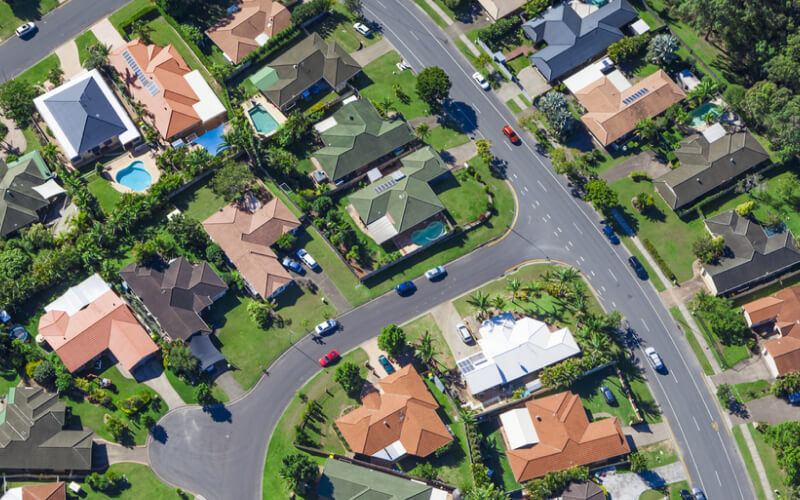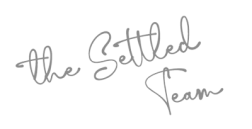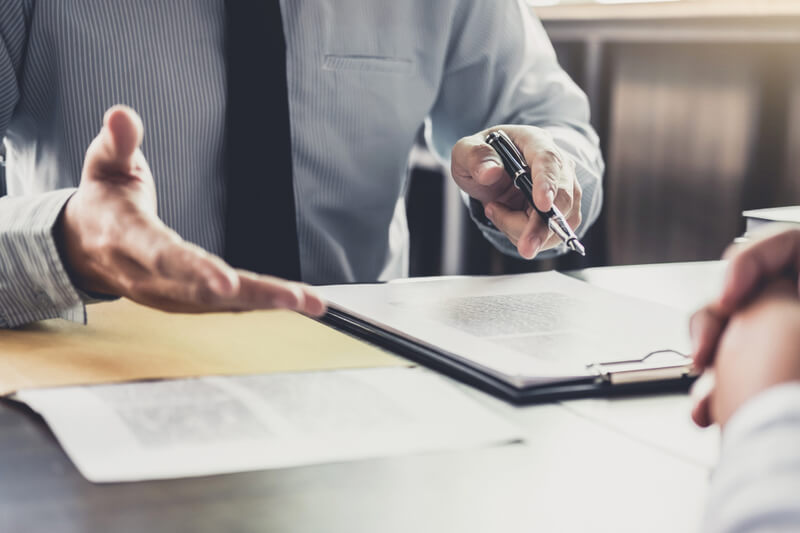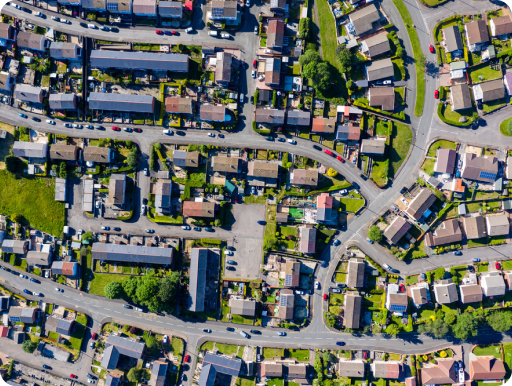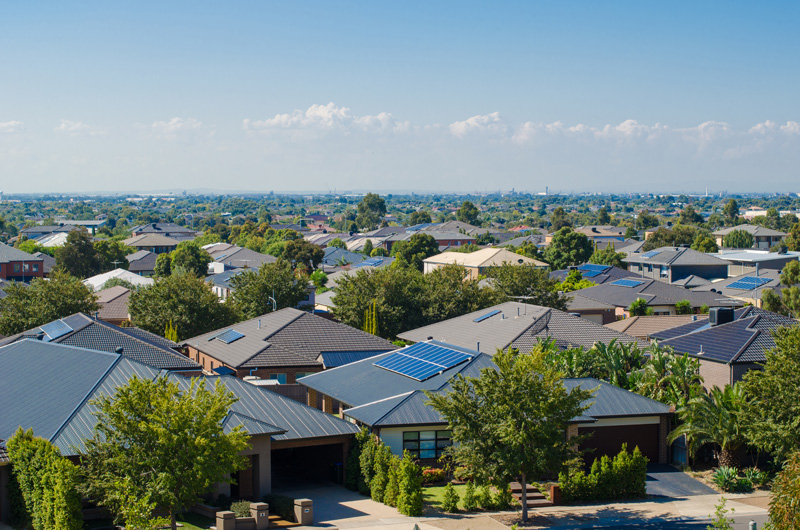With natural disasters like bushfires and floods becoming more frequent in Australia, it’s essential to know if your property is at risk. Understanding whether your home is in a bushfire or flood zone allows you to take steps to protect your family, your home, and your investment.
How to Check if You’re in a Bushfire Zone
1. Use the VicPlan Website
The Victorian Government’s VicPlan website is a simple tool to help you find out if your property is in a bushfire zone. It’s free and easy to use: just enter your address, and you’ll get a detailed map showing the bushfire risk for your location.
2. Check with Your Local Council
Local councils in Victoria are also a great resource for bushfire risk information. They provide access to the latest zoning maps and can give you specific details about your property. Councils can also advise on any building or renovation rules if your home is in a bushfire zone.
3. Consult the CFA’s Bushfire Resources
The Country Fire Authority (CFA) offers plenty of helpful information about bushfire risks in Victoria. Their Bushfire Risk Map is a great tool to see if your property is in a high-risk area, and the CFA website provides advice on how to prepare your home and stay safe.
4. Determine Your BAL Rating
If your property is in a bushfire zone, knowing your Bushfire Attack Level (BAL) rating is essential. This rating measures the risk to your property based on its location, the surrounding vegetation, and other factors. A higher BAL rating means more precautions will be needed, like using fire-resistant materials for construction.
How to Check if You’re in a Flood Zone
1. Use the VicPlan Website
Just like for bushfire zones, the Victorian Government’s VicPlan website is a helpful tool for checking flood zones. It provides detailed information about flood risks by location, giving you a quick way to assess whether your property may be affected.
2. Contact Your Local Council
Your local council is one of the most reliable sources for flood risk information. Councils often have the most up-to-date flood mapping and zoning details, including flood overlays, which indicate areas with potential flood hazards. They can also advise you on any regulations that apply to building or renovating in a flood-prone area.
3. Check with Melbourne Water or Catchment Management Authorities
If you’re in Melbourne or the surrounding areas, Melbourne Water provides flood risk information specific to properties near rivers, creeks, or drainage areas. For regional Victoria, Catchment Management Authorities (CMAs) manage floodplain information and can provide detailed insights into local flood risks.
4. Use the Australian Flood Risk Information Portal
The Australian Flood Risk Information Portal (AFRIP) is another useful tool to check flood risks nationwide, including in Victoria. It’s run by the Australian government and pulls together flood data from different sources, giving you a clear picture of any flood risks in your area.
Get a free conveyancing quote
Obligation free quote for home and land conveyancing
What It Means If Your Property Is in a Risk Zone
Bushfire Zones
If your property is in a bushfire zone, it can impact how you build or renovate. You might need to use special fire-resistant materials that can withstand heat and ember attacks, which could affect your plans for new builds or extensions. Regular property maintenance becomes even more important – especially if you have a high BAL rating.
Flood Zones
Homes in flood areas are more vulnerable to damage during heavy rainfall or storms, so it’s essential to be prepared for the possibility of flooding. This could mean reinforcing your home against water damage or having a solid emergency plan in place. Flood zones can also make insurance more complicated. You might face higher premiums, and some policies may not cover certain types of flood-related damage.
How Being in a Risk Zone Can Impact Buying or Selling Property
For Buyers
- Extra Building Requirements: Homes in fire or flood zones often come with stricter building rules. You may have to use special fire-resistant materials or make upgrades to flood-proof the property, which can add to your costs.
- Higher Insurance Costs: Living in a high-risk area usually means higher insurance premiums. Some policies may not cover everything, so you might need extra coverage, which can be expensive. It’s important to check insurance costs before buying.
- Potential Mortgage Issues: Some lenders may be hesitant to finance homes in high-risk areas or may ask for extra inspections. This can make it a bit more complicated to secure a mortgage.
For Sellers
- Buyer Hesitation: Some buyers may be wary of buying homes in fire or flood zones because of safety concerns or extra costs for insurance and upgrades. This might make it harder to sell or result in lower offers.
- Lower Property Value: Properties in high-risk zones may be valued lower because buyers will factor in the potential costs of living in that area, like increased insurance or upgrades to make the home safer.
- Disclosure Requirements: As a seller, you’re usually required to let buyers know if your property is in a bushfire or flood zone. Not disclosing this can lead to legal issues or a deal falling through, so it’s important to be honest.
Leave it to the Experts at Settled
Navigating the complexities of buying or selling a property in a bushfire or flood zone can be overwhelming, but you don’t have to do it alone. Our expert team at Settled is here to guide you every step of the way, helping you understand the risks, handle all the legal requirements, and make sure you’re protected whether you’re buying or selling. Contact us today to get expert advice and make your property transaction as smooth as possible.
Get a free conveyancing quote
Obligation free quote for home and land conveyancing
Read more



